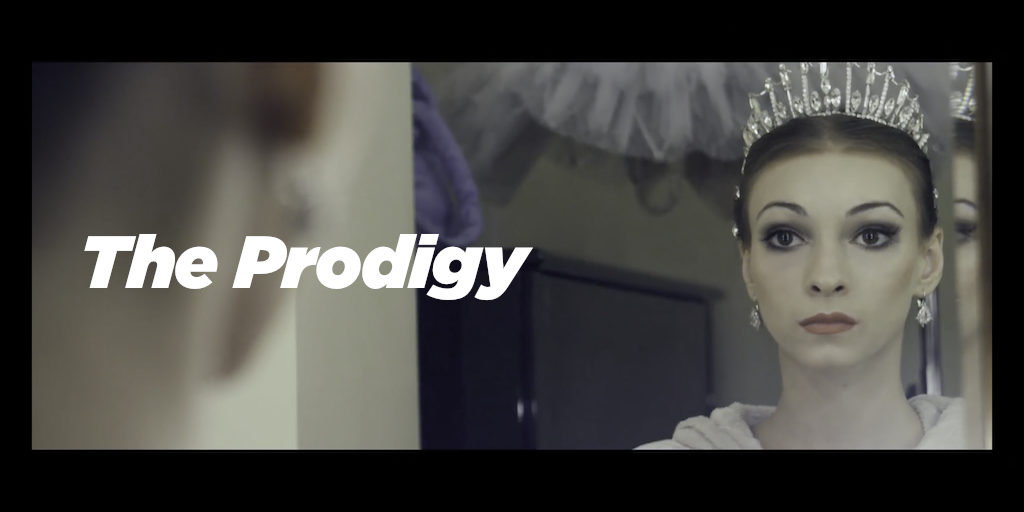Elisa Carrillo Cabrera is a prima ballerina with the Berlin State Ballet. From the early hours, the Mexican dancer warms up, trains, and repeats the same steps over and over again.
When the curtain rises in the evening, pain and fatigue vanish.
Until the next morning.
A documentary short film directed by Veronika Pokoptceva
Photography: Jan Boroewitsch, Athena Carmazzi
Editors: Veronika Pokoptceva, Tom Gregory Janson
Sound: Rafael Prado, Effy Cerutti, Benjamin Zappi-Giannotti
Music: Rafael Prado, Alexey Kochetkov
Interview
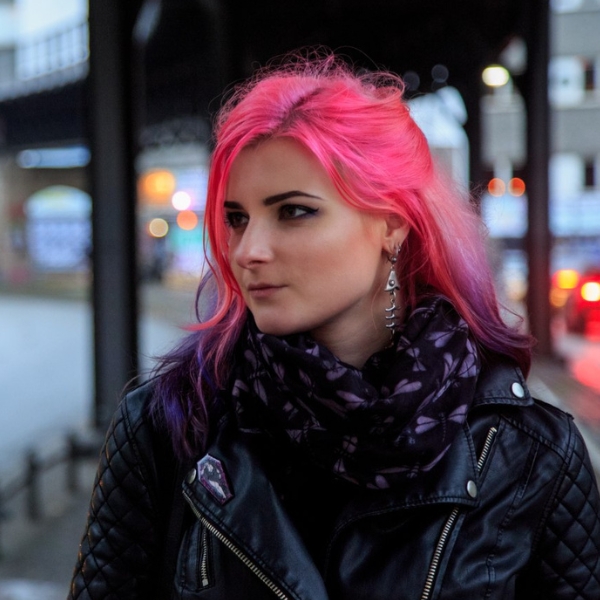
Veronika Pokoptceva Filmmaker
“The camera doesn’t just observe, it participates. It follows Elisa’s movement, her breath, her thoughts. It dances with her.”
- Can you introduce yourself, Veronika?
I’m a director, screenwriter, and producer based in Berlin. I was born in Saint Petersburg, Russia, where I graduated from the State University of Film and Television with a degree in TV directing. I began my career working in small video production companies focused on television content, taking on various roles such as journalist, director, and editor.
About seven years ago, I moved to Germany. It was here that I made the decision to fully commit to filmmaking.
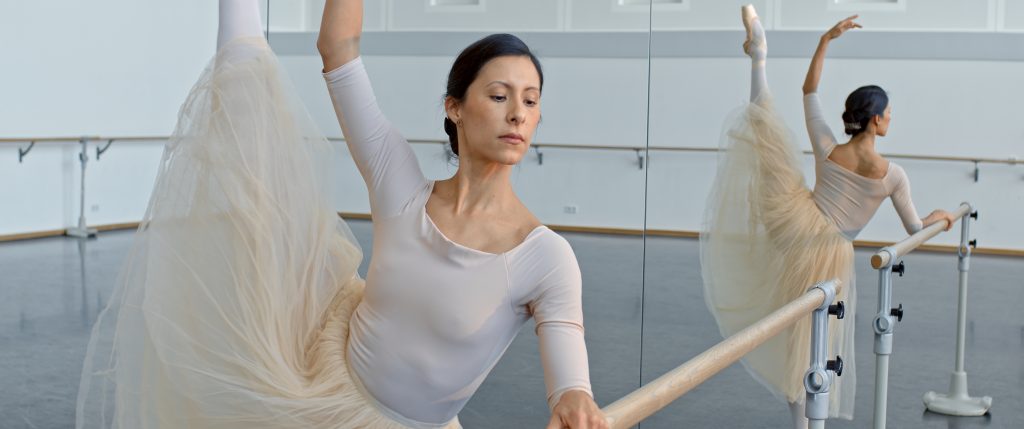
How did you meet Elisa, and how was this film born?
I met Elisa through her husband, Mikhail Kaniskin, who dances with her in the film.
He initially reached out to me because he was looking, quite unexpectedly, for… a graphic designer. I don’t consider myself a professional graphic designer, but I do occasionally take on projects. What started as a small collaboration eventually turned into a long-term working relationship that continues to this day, and also into a warm friendship.
The film about Elisa was actually my graduation project at SAE Institute Berlin, a private film school. We were given full creative freedom. The film could be a fiction or documentary short, a commercial, even a music video. That’s when the idea of creating a portrait documentary about Elisa came to me. I’ve always had a deep love for documentaries and had previously worked on quite a few, mostly for television.
This was also an opportunity to collaborate with one of the stars of Berlin’s ballet scene, which made the project even more exciting. Although Elisa has appeared in many TV and film projects, mostly in Mexico, but also in Germany, I feel that this student, no-budget film allowed both her and Mikhail to show who they truly are.
“A lot of people were surprised to learn Elisa and Mikhail are married, it’s not obvious on screen at all!”
- How do Elisa and Mikhail work together?
It’s a strong, deep love. Mikhail and Elisa have been together for over 20 years. He was a principal dancer at the Berlin State Ballet for over 15 years, and now he’s more focused on teaching. Still, they often perform together and honestly, it’s incredible to watch. I think the passion they still have for each other, that kind of wild, all-consuming love, brings something truly unique to their performances as a duo.
- Yet when you see Mikhail and Elisa together in this film, you don’t get the impression that they’re a couple. There’s a certain distance…
When they step into the rehearsal room, it’s all about the work. Elisa becomes the ballerina, and Mikhail becomes the ballet master. A lot of people were surprised to learn they’re married, it’s not obvious on screen at all!
But I’ll tell you a little secret: we actually had to cut a couple of tiny moments from the film, literally just a few frames, because Mikhail and Elisa felt they weren’t “professional enough.” From a husband-and-wife perspective, there was nothing unusual in them. But from the perspective of a ballet master and a dancer, they felt it could be seen as too personal. To be honest, an average viewer wouldn’t have noticed anything. But the ballet world is strict. And often unforgiving.
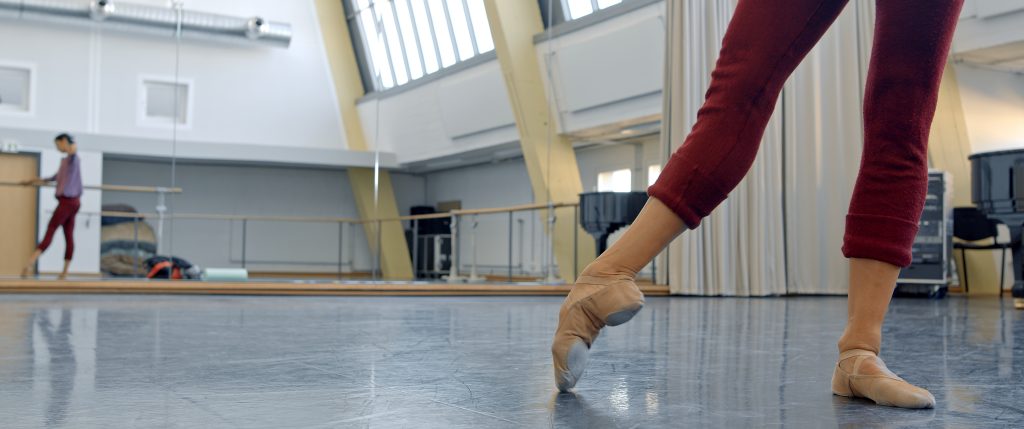
- You seem to know the ballet world very well.
I actually have a dance background, and I think that’s one of the reasons I feel such a strong connection to stories like these. When I was around eight years old, I started doing ballroom dancing, the competitive kind, and I stuck with it for about seven years. It wasn’t just a hobby, it was a huge part of my life. My mom still keeps all the certificates, medals, and trophies I won at various dance tournaments!
Eventually, I chose to follow a different path and I’ve never regretted that decision. But dance is still my little personal passion. It inspires me. Sometimes, when I feel low, I dance. It helps me reconnect with myself.
“Elisa’s journey included everything: relentless hard work, years away from her family, challenges of living in a new country and, of course, discrimination.”
- Why did you choose the theme of ballet, which is difficult to film and seems to be a rather closed world?
Well, it didn’t actually feel like a closed world at all. We didn’t have issues like getting filming permissions or access to locations because my team and I were under Elisa and Mikhail’s wing. They supported us so generously and helped with so many organizational things. Thanks to them, we kind of entered that world from the inside.
Also, because of my dance background, ballet never felt distant or intimidating to me. As a kid, I actually dreamed of becoming a ballerina. And growing up in Russia, where ballet is basically part of the national identity. It was always around me. My parents used to take me to the theater to see ballets, and every time it left me completely overwhelmed, in the best way.
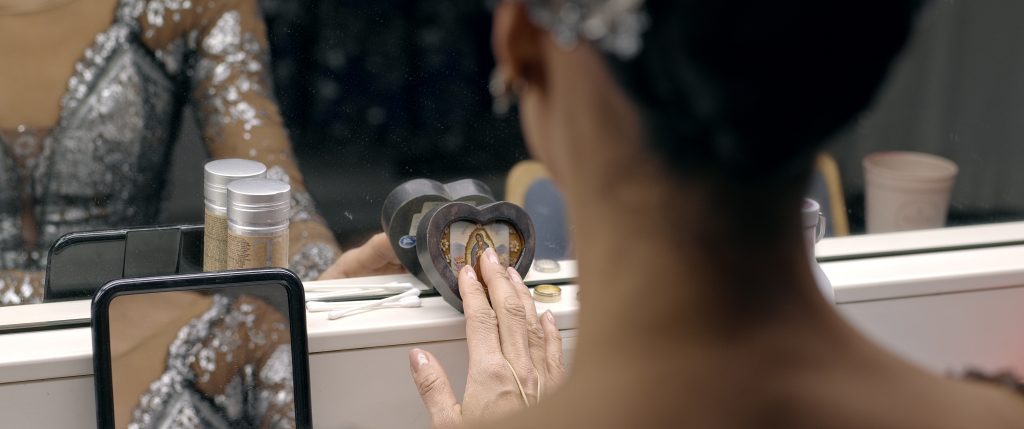
- Ballet is perceived as a European, Western, “white” art form. What has been Elisa’s journey, given that she was born in Mexico?
What originally drew me to Elisa, and what truly motivated me to make this film, was her story. How a girl from a humble Mexican family became a star of German ballet.
Elisa loves to talk about her childhood. She vividly remembers the moment she first saw a ballet performance, seeing ballerinas fluttering across the stage in their gorgeous tutus. That was when she decided she would become one of them. And she was sure she’d have a tutu just like that one day. Her family supported her from the very beginning.
Pursuing a ballet career is never easy, but Elisa’s talent stood out. At 16, she was invited to join the National Ballet School in England. Later, she moved to Stuttgart, where she joined the ballet company there. Like almost every dancer, she started out in the corps de ballet. And last year, she ended her career as a principal dancer of the Berlin State Ballet, a company she had been with since 2011. Her journey included everything: relentless hard work, years away from her family, challenges of living in a new country and, of course, discrimination based on her skin color and background. But somehow, all of that only made her stronger and more determined.
- Yet your film takes the opposite view and says nothing about Elisa’s past and background. You rather decided to focus on her warm-up, her training, the repetition of movements, what happens away from the public eye. Why?
Well, my very first idea was to make a film about Elisa’s artistic journey, about the challenges she faced on her way to fulfilling her dream. But one day, Elisa, Mikhail, and I sat down for coffee and ended up talking for hours. About life, childhood, their work, everything. After that conversation, I realized that, even with my dance background, I still didn’t fully grasp what happens behind the scenes of major ballet theaters. And that’s when the real concept of the film started to take shape.
Simple, everyday things like the daily routine of a principal dancer in a state ballet company felt like a revelation to me. In a way, they were even more fascinating than Elisa’s past struggles. What really stayed with me were the emotions and thoughts Elisa and Mikhail shared, their deep understanding of the profession, the subtleties of the craft, the way they inhabit every role with such emotional depth. That’s what I truly wanted to capture on screen.
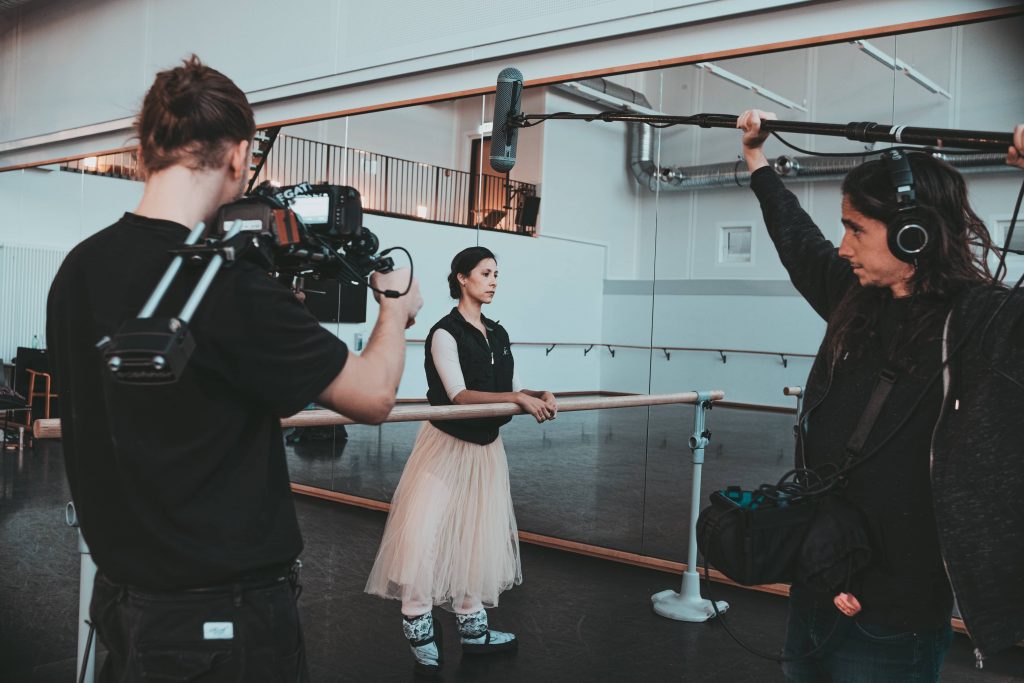
- We feel a camera that is very close to the character, alternating between tripod shots and handheld shoulder camera. What was your intention, from both a narrative and technical perspective?
I love close-ups and detailed shots, it’s as if the camera is looking directly into the character’s eyes, into their soul. It becomes a very intimate experience. That was my main goal.
Almost the entire film is staged. What we see on screen, the rehearsals, the training, is real: that’s Elisa’s actual daily work. But normally, it happens in group settings. In that case, we wouldn’t have been able to get so close. It would have felt more like observation, and that’s not the feeling I wanted to create. In our case, the camera doesn’t just observe, it participates. It follows Elisa’s movement, her breath, her thoughts. It dances with her. Elisa is alive, and the camera becomes alive with her.
The static, tripod shots, on the other hand, provide a contrast. They create space, a moment of stillness and calm. A pause for Elisa, and for the audience. At the beginning and end of the film, we see her entering an empty rehearsal hall. It’s as if the whole space is waiting for her, for her presence to fill it with energy. The editing follows the same intention : to breathe with her.
- The short documentary The Prodigy, directed by Mike Sugrue and available on 99, features Bolshoi star dancer Olga Smirnova [who left Russia to join the Dutch National Ballet]. Through the film, we discover a solitary, even isolated person, with few friends. What about Elisa? Is this a common trait among dancers, who sacrifice so much for their art?
There’s no denying that the ballet world is tough and sometimes absolutely ruthless. There’s intense competition, backstage gossip, intrigue, stepping over others to get ahead, all kinds of less-than-glamorous realities. Everyone finds their own way to survive in this world.
We shouldn’t forget that success in ballet doesn’t come easy. It takes years of hard, relentless training, often to the point of exhaustion. It doesn’t matter what level you’re at. As my film shows, even principal dancers often train harder than the younger corps members. Because even at the top, there’s always someone new, someone younger, already on the rise. Talent and physical ability are essential, but without discipline and hard work, it’s nearly impossible to succeed. This constant effort also shapes a dancer’s lifestyle. When you’re training all the time, there’s simply not much space left for casual socializing.
But I wouldn’t say that Elisa is someone completely absorbed in her work or closed off from the world. Yes, for her and for Mikhail, ballet is everything. But beyond that, they have incredibly rich social and cultural lives. They organize festivals and masterclasses, perform all over the world, and work closely with children and young dancers. Sometimes, it’s nearly impossible to catch them in Berlin! They also have a wonderful daughter, and they dedicate a lot of time to her.
Maybe, at the beginning of their careers, that sense of isolation was more present. But I think the fact that they found each other and built such a strong, loving partnership, played a huge role in helping them stay grounded and emotionally connected, even within such a demanding world.
- What’s your view on short documentaries in particular?
I don’t really see a point in drawing a hard line between short and feature-length documentaries. Of course, there are differences, no doubt about that. But for me, it all depends on the story. Some stories are short, others are long, and it’s our job to choose the format that fits each one best.
A couple of years ago, just before Berlinale, I was talking with a film journalist. He told me how sad it is that short films are still often seen by the industry as just a transitional step, something for students, a kind of rehearsal before making a “real” feature. And unfortunately, he’s right. If you take a closer look at the industry, broadcasters are usually not interested in shorts. They want feature films, series, long-form content.
There’s barely any distribution for short films beyond the festival circuit. Recently, I wanted to apply my short doc idea for a pitch in a documentary pitching forum in Germany, quite a niche and focused film festival. But they told me they don’t really accept short films because the invited broadcasters aren’t interested in them at all!
Luckily, we now have online platforms, such as 99, where short films can live and reach audiences. That’s amazing, because it makes short films more visible outside of festivals. And in my opinion, the fact that the industry still treats short films as “not serious enough” actually gives filmmakers more freedom. It allows short films to stay closer to art, more independent, more experimental, more personal.

